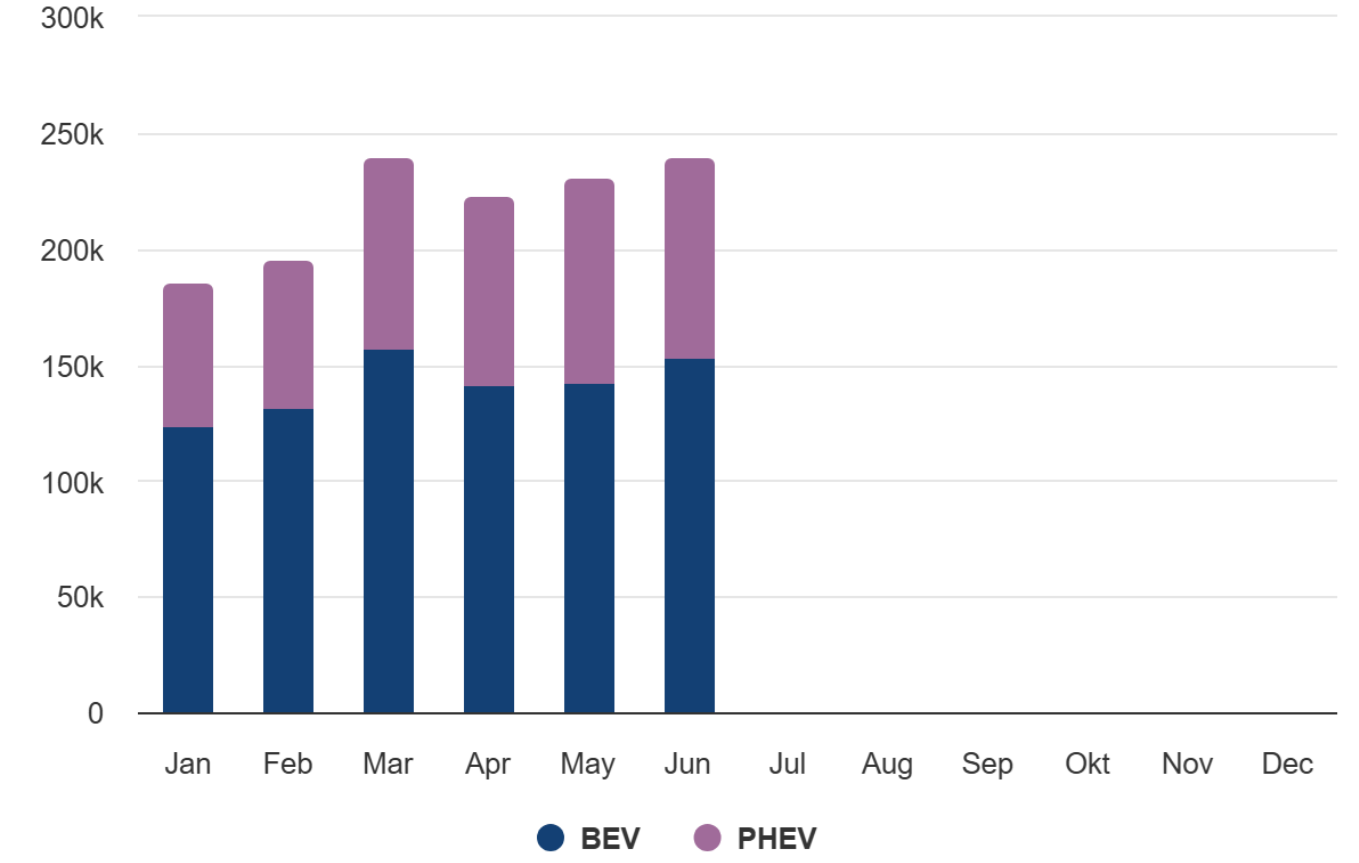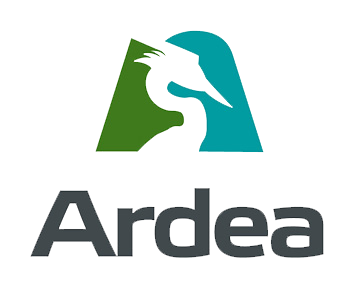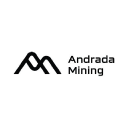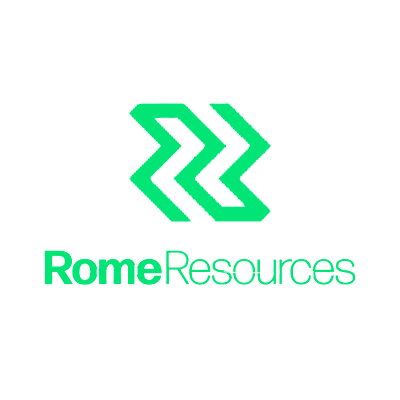Critical Minerals Sector Poised for Strong Returns as EV Demand Surges 28%

Nickel, Tin, Rutile offer compelling opportunities as government support intensifies, supply rationalizes, and strategic projects advance in secure jurisdictions.
- The global critical minerals sector is experiencing fundamental transformation driven by macroeconomic pressures, geopolitical realignments, and unprecedented government support, creating compelling investment opportunities for strategically positioned assets in secure jurisdictions.
- Market rationalization is separating sustainable operations from unprofitable ones, with over 50% of global nickel supply now operating at losses, while electric vehicle demand remains robust with 21% year-over-year growth and 28% increase in nickel deployment for EV batteries in the first half of 2025.
- Government policy support has evolved from rhetoric to concrete action, with unprecedented high-level engagement including direct presidential meetings with mining executives and the largest Canadian trade mission for critical minerals to date.
- Strategic partnerships with established industrial players are providing third-party validation and execution confidence, while elevated interest rates and geopolitical tensions are reshaping investment criteria toward jurisdictionally secure projects with strong operational metrics.
- Technical differentiation, operational scale, and revenue diversification from polymetallic deposits are becoming primary differentiators as institutional mandates increasingly prioritize supply chain security and environmental compliance over pure cost leadership.
The global critical minerals sector is undergoing a fundamental transformation driven by macroeconomic pressures, geopolitical realignments, and unprecedented government support. Global electric vehicle sales continue to demonstrate strong momentum, with July 2025 reporting a 21% year-over-year increase and 27% growth year-to-date. Despite concerns about demand weakness, the deployment of nickel in EV batteries for cars sold for first half of 2025 increased 28% year-over-year.

Source: European Battery Electric Vehicle Market Surges 34% in First Half of 2025
China's strategic accumulation provides additional validation for the long-term thesis. China has doubled its Class 1 nickel reserves since late 2024, underscoring the metal's critical role in electric vehicle batteries and the broader energy transition. This state-led stockpiling suggests sophisticated market participants view current prices as a strategic buying opportunity.
Despite near-term volatility, structural changes are creating compelling opportunities for investors willing to focus on strategically positioned assets in secure jurisdictions. The convergence of supply constraints, policy support, and long-term demand growth presents a unique investment landscape across nickel, tin, and rutile markets.
Government Policy Support Reaches Unprecedented Levels
Government commitment to critical minerals development has evolved from rhetorical support to concrete policy implementation and high-level engagement:
- The Canadian government is hosting what appears to be the largest trade mission for critical minerals companies to date, indicating institutional recognition of the sector's strategic importance.
- In the United States, direct executive engagement demonstrates policy seriousness. As Canada Nickel's Selby observed, there is an unprecedented high-level engagement occurred with mining executives from BHP and Rio Tinto meeting at the White House to discuss the Resolution Copper project and strategies to overcome legal obstacles. The historical rarity of such direct presidential engagement with mining companies, characterizing it as a clear indicator of government seriousness about critical minerals development.
- The United States Inflation Reduction Act includes provisions that effectively require battery manufacturers to source materials from domestic or allied nation suppliers to qualify for tax incentives, creating effective market segmentation where projects in allied jurisdictions with strong environmental, social, and governance credentials can command premium pricing and secure long-term offtake agreements.
- Japanese partners provide pathway to world's most competitive project development debt through export credit agencies, while Canadian federal and provincial governments have responded with targeted support including refundable tax credits, infrastructure funding, and expedited permitting processes.
Nickel Market Rebalancing
The nickel market is experiencing forced rationalization that is separating sustainable operations from those dependent on favorable external conditions. Over 50-55% of global nickel supply is now unprofitable, accelerating closures and exposing jurisdictional risk in dominant producers like Indonesia. This market cleansing is creating space for more efficient operations with superior cost structures.
Canada Nickel CEO Mark Selby highlighted the strategic timing advantage:
"For investors, having something that is nine separate resources in a district is the kind of scale that a BHP or Rio Tinto, once they decide they want to get into nickel at some point in the future, is exactly the kind of asset that those very large companies are looking for."
Mark Selby, CEO of Canada Nickel Corp
The development of projects like Canada Nickel's Crawford demonstrates the type of assets positioned for revaluation. The Crawford project presents compelling economics with a Feasibility Study Net Present Value of US$2.8 billion and an Internal Rate of Return of 17.6%. Importantly, Selby noted the accelerated development timeline:
"We're on track to get that federal permit before the end of the year, which would be just over six years from the fifth drill hole to getting that main permit in place, and then be in production well before the end of the decade, 2027-2028."
In Australia, Ardea Resources isadvancing one of the world's most significant nickel-cobalt projects during a period of widespread industry consolidation. Managing Director and CEO Andrew Penkethman emphasizes the company's take despite current market challenges,
"From a nickel price point perspective, it's the ideal time to be advancing our studies and looking to develop a very large strategic nickel cobalt operation."
The Goongarrie nickel project represents Australia's largest nickel-cobalt resource and ranks among the world's largest deposits which has attracted the attention of major Japanese industrial partners, positioning the company as a potential cornerstone supplier for the global energy transition.
Rutile Market in Supply Constraints & Strategic Repositioning
The rutile market exemplifies how elevated interest rates and geopolitical tensions are reshaping investment criteria toward jurisdictionally secure projects with strong operational metrics. The U.S. Federal Reserve's "higher-for-longer" interest rate stance is reshaping global capital markets and increasing the cost of capital for new mining developments, particularly in emerging markets.
Sovereign Metals CEO Ben Stoikovich emphasized the project's economic resilience in this environment:
"The results of our Optimized Pre-Feasibility Study were exceptional it shows a pre-tax net present value of over $2.3 billion US with an annual average earnings before interest, taxes, depreciation, and amortization of over $400 million we would be the world's largest rutile producer and we'd have a 64% operating margin"
The Kasiya project's operational advantages address key investor concerns about execution risk highlighting metallurgical benefits. These characteristics reduce both operational complexity and environmental impact, addressing environmental, social, and governance screening criteria increasingly applied by institutional investors.
Strategic partnerships provide additional validation and execution confidence. Stoikovich noted the development momentum:
"The Sovereign team along with our partner Rio Tinto is rapidly progressing with the Kasiya definitive feasibility study which we aim to publish in the fourth quarter of this year."
Rio Tinto's involvement provides both technical expertise and financial credibility that addresses investor concerns regarding execution risk in challenging market conditions.
Tin Production Expansion Captures Market Opportunities
The tin sector is demonstrating operational momentum with companies successfully executing expansion plans despite broader market challenges.
Andrada Mining completed construction of its Jig Plant on schedule, representing a strategic capacity expansion at favorable capital costs. Andrada CEO Anthony Viljoen emphasized the operational benefits:
"The completion of the Jig Plant on time and within budget is a smart, low-cost upgrade that will immediately boost Uis tin production on the completion of commissioning. The plant is a key milestone towards doubling production and positions Andrada well to capture the benefits of a robust and strengthening tin market."
The modular design approach demonstrates disciplined capital allocation while maintaining operational flexibility. The Jig Plant is designed for a nameplate capacity of 80 to 100 tonnes per hour, with a potential to process up to 40 000 tonnes of ore per month at a potential recovery rate of 70%. This scalable expansion strategy allows companies to respond to market conditions while controlling capital exposure.
Meanwhile in DRC, exploration activities are also yielding positive results as Rome Resources CEO Paul Barrett highlighted the progress at Mont Agoma:
"We are pleased to see consistent mineralisation coming through in our follow-up drilling at Mont Agoma. Drill holes MADD030 and MADD030A suggest additional tin potential to the east of Mont Agoma and the copper grades emerging from MADD032 are equally encouraging."
The polymetallic nature of these deposits provides revenue diversification that enhances project economics. Recent drilling has encountered tin and copper mineralisation at both newly identified zones in addition to deeper extensions of known zones, with significant copper intercepts expected to add to the growing polymetallic resource at Mont Agoma.
Strategic Asset Quality Differentiates Investment Opportunities
The current market environment is revealing which projects possess the fundamental characteristics necessary to attract capital under heightened scrutiny. Scale, jurisdiction, and operational advantages are becoming primary differentiators as institutional mandates increasingly prioritize supply chain security and sustainability compliance.
Ardea Resources exemplifies this strategic positioning through its partnership with Japanese industrial giants. CEO Andrew Penkethman emphasized the partnership benefits:
"Anyone that's worked with the Japanese knows that they're notorious for very detailed due diligence, but it takes time. The level of collaboration and due diligence is exceptional."
This extensive evaluation process culminated in comprehensive support where the Japanese consortium is funding 100% of the $98.5 million definitive feasibility study. The Goongarrie project's scale provides exceptional strategic value. Ardea Resources owns the Goongarrie nickel project, Australia's largest nickel-cobalt resource and one of the world's largest, with a 40-year reserve life and potential to operate for over 50 years.
Andrew Penkethman, MD & CEO of Ardea Resources
Technical advantages further enhance project economics and reduce operational risk. Penkethman noted specific cost benefits:
"We already know and we've demonstrated that we have very low acid consumption [which is significant given that] acid being the largest cost consumable for all HPAL projects [...] If we can secure that material from the same open pits proximal to the process plant, it's a big operational advantage for us."
The Investment Thesis for Critical Minerals
- Macroeconomic disruption creates entry opportunities: Market stress from tariffs, elevated rates, and currency volatility is forcing asset repricing, creating opportunities for selective accumulation of high-quality projects at attractive valuations
- Jurisdictional security commands premium valuations: Projects in stable, Western-aligned jurisdictions with transparent regulatory frameworks are increasingly valued over pure cost leadership as supply chain security becomes paramount
- Government policy support is materializing: Unprecedented high-level engagement, trade missions, and concrete financing commitments suggest policy rhetoric is translating into actionable support for domestic critical minerals development
- Strategic partnerships validate project quality: Third-party validation from established industrial partners like Sumitomo, Mitsubishi, and Rio Tinto provides execution confidence and demonstrates institutional due diligence
- Operational scale creates competitive advantages: Large, long-life deposits with decades of production potential offer institutional investors the asset quality and longevity required for meaningful portfolio allocation
- Technical differentiation reduces execution risk: Projects demonstrating superior metallurgy, low operating costs, and environmental compliance address key institutional investment criteria while reducing operational uncertainty
- Market timing favors patient capital: Development timelines aligned with anticipated market recovery (2027-2029) position qualified projects to capture market share as supply rationalization creates capacity constraints
- Revenue diversification enhances project economics: Polymetallic deposits providing multiple revenue streams offer economic insulation against single commodity volatility while maximizing resource utilization
- Focus on permitted, funded projects: Prioritize assets with regulatory approvals, established financing, and clear development timelines to reduce execution risk and accelerate return realization
- Emphasize ESG-compliant operations: Environmental and social compliance is becoming a requirement rather than preference, making ESG-aligned projects essential for institutional capital access
The critical minerals sector transformation represents more than cyclical volatility—it reflects fundamental shifts in how governments, institutions, and markets value supply security, operational resilience, and strategic positioning. While near-term uncertainty persists, the convergence of policy support, market rationalization, and long-term demand growth creates a compelling investment environment for strategically positioned assets. Companies demonstrating operational excellence, jurisdictional advantages, and strategic partnerships are emerging as the clear beneficiaries of this sector transformation, offering investors exposure to essential materials for the global energy transition while benefiting from increasingly supportive policy frameworks.
Analyst's Notes




Subscribe to Our Channel
Stay Informed





























